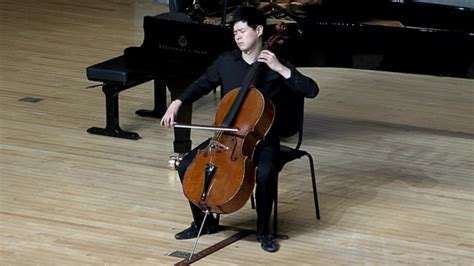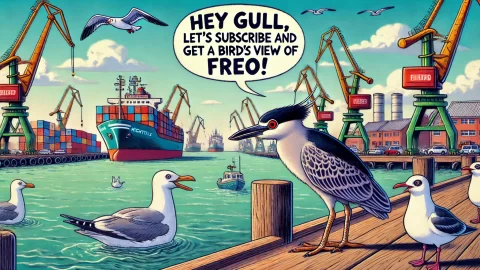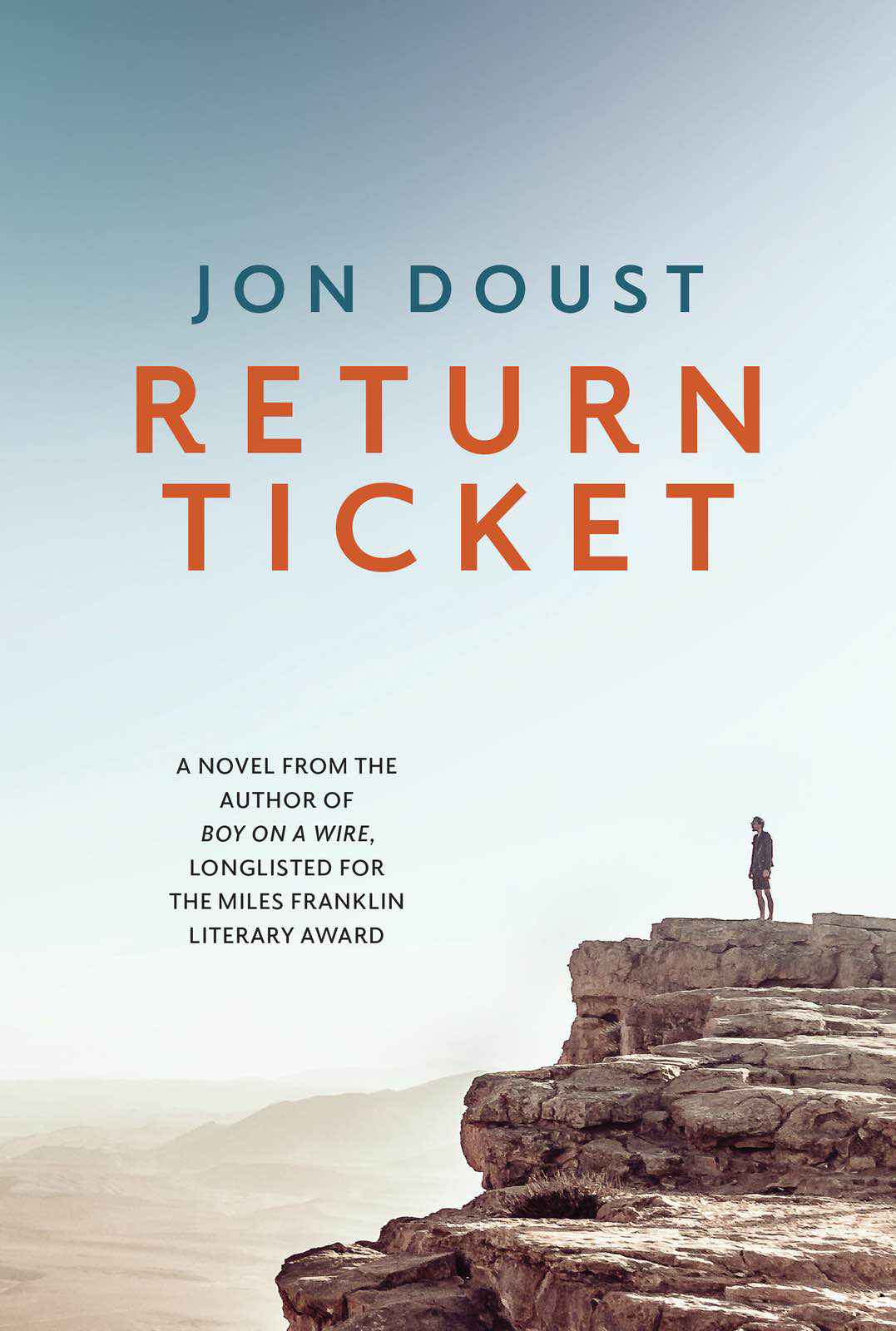Short and sharp at about an hour and a half this fortnight.
Must be the confluence of the public holidays. Or a prolonged Easter Egg coma. Or ongoing recovery from revelling in the festivities of the Fremantle International Street Arts Festival?
Welcome back to everyone who managed to get some rest home or away for a spell this April, and a big thank you to those who stayed put and held the fort.
Only a few items considered this chilly April evening, let’s unwrap them.
INVESTIGATION OF CAFE OR SHOP USES IN SAMSON
Stemming from Cr Lawver’s C2502-21 Notice of Motion – Café, Shops, and Retail Options a few OCMs ago, in response to the approval of the Child Care Premises next to Samson Reserve, Council again considered the commercial offerings in Samson or lack thereof.
The Motion requested that the subsequent report should include:
- Any required infrastructure improvements at Samson Park to facilitate easy access for food trucks and/or mobile market stalls;
- The feasibility of supporting café/retail/shop uses at the existing Samson Recreation Centre or on the surrounding vacant city managed land. Specifically, addressing any constraints on the development of the land between the Samson Recreation Centre carpark and 46 McCombe Avenue, and whether the site can be developed in a manner allowing for co-use of existing car parking infrastructure;
- If there are any suitable areas in Samson (other than 40 McCombe Avenue) where café/retail/shop uses could be supported through changes to existing zoning; and
- Any other options the Chief Executive Officer deems appropriate to ensure Samson has appropriate land uses available to meet the objectives in Fremantle’s Strategic Community Plan 2024-2034.
The officer report noted that while there are no financial implications stemming from this item from a City budget perspective, there is a current funded project in this financial year to deliver the Sir Frederick Samson Park Car Park and Accessibility Project. Also, the 2025/26 and 2026/27 period will witness implementation of the Samson Park Masterplan project which entails additional infrastructure improvements and “support seasonal trading or events” such as food trucks in a dedicated off-street set up area with a power supply.
Less optimistically, the report notes that the feasibility of a café at Samson Recreation Centre anytime soon is deemed economically unviable on account of:
- Existing low visitor numbers;
- Low pedestrian numbers within neighbouring streets;
- High initial investment requirements, and
- Experience of trying to establish a similar type centre Cafes at other City venues which have significantly higher foot traffic opportunities.
It is expected that retrofitting the Rec Centre will amount to the princely sum of $200,000. That’s in contrast with the refurbishment of Fremantle Arts Centre at $115,000 and the Fremantle Leisure Centre at $53,000 which already contain established cafes. Some more successful than others.
There is also the question of zoning, which may need to be amended in the Local Planning Scheme as Samson is predominantly zoned ‘Residential’ at a lower density, with the exception of key areas including the reserves and the mixed use section of McCombe Avenue and Petterson Avenue. Not a quick process. And likely not an easy one while we wait for the WAPC to approve the Local Planning Strategy, the report warns. In short, ‘Restaurant / Café’ can be considered for planning approval (following community consultation), but Shops are an ‘X’ use so that’s trickier. Does the City rezone a section of land? Or amend a site to allow an Additional Use? Messy sometimes.
That also doesn’t address the challenge of commercial viability based upon the modest surrounding population, suitable premises requiring retrofitting, or an appropriately configured lot that will allow for a brand new development capable of accommodating it. Without upsetting the existing neighbours.
You start to wonder how we build anything these days. My sympathies.
One thing with which one might express agreement is: the pedestrian and cycling connection between Samson and surrounds via South Street could benefit from a boost. The officer suggests consideration be given toward a controlled crossing point across South Street with the guidance of Main Roads. This would likely eventuate at the current intersection of South Street and McCombe Street.
Council unanimously resolved to adopt the officer recommendation, with the addition of point 4 by Cr Sullivan, that:
Council receives this report, noting future planning and project work that will continue to explore options to ensure Samson is a liveable suburb with appropriate spaces available to encourage social connection, community interaction, and is a vibrant, desirable place to live, including:
- Noting that infrastructure upgrades to support small scale ‘street trading’ and events within Samson Park is part of the current project work.
- Potential to increase residential density required to assist retail/commercial sustainability within the suburb as part of future planning considerations.
- Noting that the current regulatory framework already supports the establishment of a café within the residential zoning of Samson, and the City would welcome receiving such a proposal.
- As part of the Local Planning Strategy work, further planning analysis is to be undertaken to consider a broader area (including neighbouring local government adjoining areas) to investigate whether there is a shortfall in commercial / retail activities in and around Samson, and if so, how this may be addressed through future planning framework changes.
URBAN FOREST AND TREE CANOPY
Council received a summary of the City’s current Urban Forest Program associated with its 2017 Urban Forest Plan, verge garden program, supporting programs and strategies for encouraging the urban forest and greening across public and private land alike.
The vision of the current Urban Forest Plan is:
To protect the existing green spaces and trees and progressively grow and diversify the City’s tree population for adaptive climate management and amenity; to collaborate effectively to plant, plan, design and sustainably fund programs to create a resilient urban forest.
Its goals are to:
- Engage: Engage residents, businesses, community groups and government agencies in educating and facilitating ownership of the urban forest.
- Protect: Protect the existing and future urban forest.
- Grow: Grow the urban forest towards the target of 10,000 new trees in 10 years and increase the ratio of trees per person.
- Diversify: Diversify and promote resilience in urban greening and the urban forest.
- Manage: Manage urban greening through the development of a coordinated and comprehensive adaptive climate management and funding strategy to ensure the long term health and sustainability of the City urban forest.
At its meeting in November 2023, Council resolved to amend its targets to align them with “operational and resource capacity” which resulted in a new target of 600 street and reserve trees to be planted in 2024, a subsequent 600 in 2025, and a return to the Urban Forest Plan target of 1261 street and reserve trees for 2026 (i.e. of canopy 80% via street and reserve trees).
This was harried along by a Notice of Motion at the OCM for 20 December 2023, seeking a “Request for Options for Retention and Increase of Tree Canopy” out of concern for the efficacy of the Urban Forest Plan and decisions to scale it back temporarily. It was considered again formally on 10 July 2024, where among other requests the project to deliver a Draft Tree Retention / Protection Policy was introduced. The full resolution there was:
- Note the responses to the questions raised in the Notice of Motion – Request for Options for Retention and Increase of Tree Canopy – contained within this report.
- Request officers prepare a draft tree retention/protection policy, with consideration of the WALGA Tree Retention Model Local Planning Policy; and prepare any proposed revisions to Local Planning Policies 1.7, 2.10 and 2.23; to be brought back to Council for further consideration.
- Request a report be provided to council to consider an expansion of the subsidised trees for the community program to include free resident trees for general planting and recommend a suitable budget consideration.
- Support increasing the urban forest program capacity over the next four years as part of the draft forward financial plan, to increase the tree planting numbers from the 2026 winter season.
Since then, the Tree Retention Policy was adopted on 12 March 2025 and Council resolved on 27 November 2024 Council resolved to note that other strategies for encouraging urban forest growth on public and private land will be explored and separately reported in early 2025.
And here we are.
2024/25 budget for Urban Forest below:

The above doesn’t include the verge garden scheme which assigns $15,450 to contract expenditure – general and general expenditure on materials at $18,499, and potential reimbursement of $10,000 from Watercorp via rebates.
The report advises that increasing the Urban Forest Program to plant up to 900 trees per annum would set the City back a further $180,000. An additional staff member would also be required.
Increasing the verge garden and greening program would also incur further expenses to the tune of $200,000 annually.
Business cases for the above and related have been submitted for future consideration in budgets and will be subject to assessment against competing projects and resource requests.
A quick note about current progress: the City has used Forestree Tree Management Software since 2023 to manage urban canopy which assists in evaluating the Plan’s performance, although current canopy data dates back to 2015 and does not capture trees that have been planted since implementation of the plan. A data capture for a ten year comparison is in the works, estimated to cost $30,000, and is being considered as part of the 25/26 annual budget.
The City is a member of the Perth South West Metro Alliance which has jointly discussed and considered best case approaches to urban canopy data capture, particularly for comparisons.
Meanwhile, a juvenile and semi-mature tree care program is underway, supervised by two Urban Forest Offices dedicated to tree inspections, works, plantings, maintenance, and contracts. The data is recorded in Forestree.
Sadly, 49 (or 9.2%) of the 533 trees planted in 2024 have been removed due to theft (two trees), vandalism (one tree), or death / “other reasons” (46 trees). Shot-hole borers and drying climates do not help.
In response to all of the above, it is proposed that increased resourcing is allocated to the Urban Forest team to allow for improved:
- Strategic Planning (including seasonal planting programs and detailed project plans);
- Enhanced communication with stakeholders to built support and awareness;
- Abor operations to improve contract performance and coordinate projects;
- Risk and three management; and
- Urban greening via planting.
Residents are also able during this year’s trial to purchase subsidised trees from a stock of 100 saplings, namely Banksia sessilis, Banksia attenuata, Eucalyptus kruseana and Hakea laurina. These trees characteristically will be smaller and intended for growth in gardens.
There are also popular community engagement activities, inclusive of the Samson Tree Festival.
Financial incentives for trees to be retained on private property was not found to be viable, however the State Government has offered an [olive] tree branch of $16.9 million including ‘treebates’ to boost urban canopy and aim to plant one million new trees by 2035 across the Perth Metropolitan Region, thus doubling its current canopy by 2040.
Cue a friendly engaging debate over whether more should be done, with praise afforded to City staff for their work in preparing the report, responding to the past budget constraints, and delivering tree canopy to date.
Cr Sullivan, with an apology that the item had proved unexpectedly divisive, moved an alternative motion seeking to increase annual planting to at least 900 trees, expand the Verge Garden Scheme, investigate ways to provide financial incentives or offsets for owners of trees on the Significant Tree Register, report on the efficacy of the newly adopted Tree Retention Policy and subsidised trees program.
With all these factors in mind and further input into the motion, Council resolved that it:
- Request the CEO include appropriate funding for consideration as part the 2025/26 annual budget process and long-term financial plan, of the following:
- Increase the City’s resource capacity to achieve an annual tree planting target of at least 900 trees per annum, to be delivered as part of the 2026 winter planting program and beyond, aligned to deliver a sustainable program focused on quality and survival, in the draft 2024/26 annual budget.
- Facilitate the planting of high impact urban trees in addition to the 900 trees included above as part of the long term financial plan.
- Implement an expanded Verge Garden Scheme as part of the long term financial plan.
- Notes Council’s ongoing support for the existing Verge Garden Scheme to provide the following support to the community aligned with current resource capacity:
- Workshops, education and guidelines.
- Expanded subsidised verge garden plant scheme.
- Subsidised residential trees.
- Mulch provision.
- Not proceed with any financial incentives for private tree retention but seek a further report on ways to provide a financial incentive/offset for owners who maintain a culturally significant tree(s) listed on the Significant Tree Register.
- Request the Chief Executive Officer monitor and report to Council on the effectiveness of the Local Planning Policy 2.26 – Tree Retention and the subsidised trees program on retaining and increasing private tree canopy.
- Ensure ongoing community engagement on the implementation of the Urban Forest Plan.
- Request the Chief Executive Officer to revise the UFP planting targets and data to be brought back to Council by 30 August 2025, with consideration of the following:
- Provide update figures for street trees planted using the adopted 80/20 ratio definitions from April 2021 resolution;
- Define the cumulative shortfall of street trees to date
- Provide a suggested updated timeline for delivery the UFP targets and bring back to Council
- Publish all figures on website and update annually
OTHER
Council endorsed the proposed Active Sporting Reserve Hire Policy, and was presented with an update on its working group meetings.
This included the first North Fremantle Plan Working Group which met on 14 April 2025, mainly to iron out the formalities and consider the scope of the plan. Meanwhile, staff for Towards 2029 presented a function map outlining roles and responsibilities for the fast approaching bicentennial commemorations.
The working group considered a briefing paper to facilitate creating a vision for the Manjaree / Arthur Head precinct, which will ultimately be considered at Council so watch this space. Lastly of note, a new Local History Website is in the advanced stages of development and is planned to launch in 2025 with an extensive collection of records such as photographs and civic artefacts.
Cr Camarda also offered special commendation to library staff and the Town of East Fremantle in relation to the Fremantle Library Biannual information report for October 2024 to March 2025.
That’s a wrap for April.
Until next time!
By Gayle O’Leary. If you’d like to catch up on more by Gayle here on Fremantle Shipping News, look right here!
~~~~~~~~~~~~~~~~~~~~~~~~~~~~~~~~~~~~~~~~~~~
* If you’d like to COMMENT on this or any of our stories, don’t hesitate to email our Editor.
** WHILE YOU’RE HERE –
PLEASE HELP US TO GROW FREMANTLE SHIPPING NEWS
FSN is a reader-supported, volunteer-assisted online magazine all about Fremantle. Thanks for helping to keep FSN keeping on!
*** Don’t forget to SUBSCRIBE to receive your free copy of The Weekly Edition of the Shipping News each Friday!







